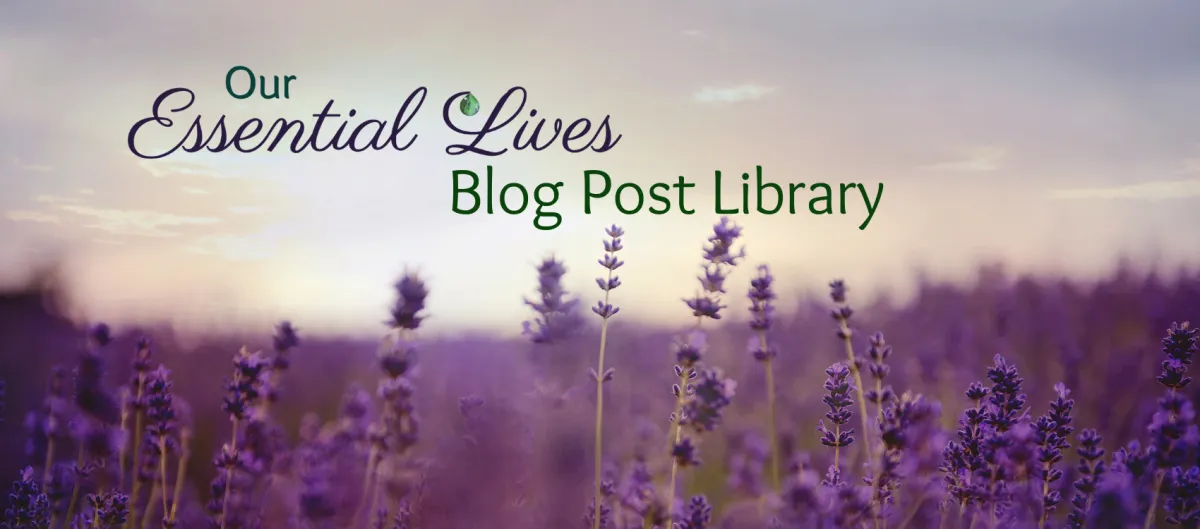

How to Whiten Clothes Without Harsh Chemicals
“Cleanliness is not next to godliness. It isn’t even in the same neighborhood. No one has ever gotten a religious experience out of removing burned-on cheese from the grill.” — Erma Bombeck

Homemade Bleach Alternative: A Safe & Natural Way to Whiten Laundry
If you’re looking for a safer, non-toxic way to brighten your whites and freshen your laundry, ditching chlorine bleach is a great place to start.
While traditional bleach is effective, it comes with risks—harsh fumes, skin irritation, fabric damage, and environmental concerns.
Thankfully, you can achieve the same whitening and brightening power with natural ingredients like hydrogen peroxide, lemon juice, and baking soda. This homemade bleach alternative is gentle on fabrics, safe for sensitive skin, and eco-friendly.

Why Avoid Chlorine Bleach?
Chlorine bleach has been a household staple for decades, but its downsides are hard to ignore:
Irritating Fumes: Strong, lingering chemical odors can cause respiratory irritation.
Fabric Wear: Over time, chlorine bleach weakens fibers, causing yellowing and reducing the lifespan of clothing.
Skin Sensitivity: Direct contact can cause burns, irritation, or allergic reactions.
Toxic Residue: Traces left behind on fabrics can potentially irritate sensitive skin.
Environmental Impact: When released into water systems, bleach can contribute to harmful chemical byproducts.
By switching to a homemade bleach alternative, you get all the whitening benefits without the risks!
How Natural Ingredients Work Together
This DIY bleach alternative relies on three powerhouse ingredients that work in harmony to clean, whiten, and deodorize:
Hydrogen Peroxide (3%) – A natural bleaching agent that lifts stains and brightens whites without damaging fibers.
Lemon Juice – Contains citric acid, which helps to break down stains and remove yellowing from fabrics while adding a fresh scent.
Baking Soda – Deodorizes, softens water, and gently scrubs away grime and buildup.
Together, these ingredients create a powerful yet gentle bleach alternative that keeps your whites bright and fresh.
DIY Homemade Bleach Alternative Recipe
This simple recipe is easy to make and safe for regular use in your laundry routine.

Ingredients:
2 cups hydrogen peroxide (3%)
1/4 cup lemon juice (fresh or bottled)
1/2 cup baking soda
4 cups water
10-15 drops lemon or tea tree essential oil (optional, for extra cleaning power and a fresh scent)
Instructions:
In a large mixing bowl or container, combine hydrogen peroxide, lemon juice, and baking soda.
Slowly add the water while stirring to ensure everything is dissolved.
Transfer the mixture to a glass or plastic bottle with a lid for storage.
Store in a cool, dark place, as hydrogen peroxide loses effectiveness when exposed to light.
How to Use Your Homemade Bleach Alternative
For Laundry Whitening: Add 1 cup of the mixture to the washing machine during the wash cycle.
For Stain Removal: Apply directly to stains, let sit for 10-15 minutes, then wash as usual.
For Household Cleaning: Use it to disinfect and clean countertops, sinks, and even tile grout.
Essential Oils for an Extra Boost
Adding essential oils enhances the cleaning power of your homemade bleach alternative while leaving a refreshing scent. Here are some great options:
Lemon: Helps break down grease and stains while providing a clean citrus scent.
Tea Tree: Naturally antimicrobial and deodorizing.
Eucalyptus: Great for tackling musty odors and killing bacteria.
Lavender: A soothing, antibacterial option that leaves laundry smelling fresh.
Pro Tips for Bright Whites
Sunlight as a Natural Whitener: After washing, hang white clothes in the sun to enhance the whitening effect naturally.

Soak for Tough Stains: For extra stubborn stains, soak items in a mix of water and your bleach alternative for an hour before washing.
Wash with Warm or Hot Water: Heat helps activate the natural bleaching properties of hydrogen peroxide and lemon juice.
Safest Bleach for Synthetic Fabrics: While I would still test on a small patch in an inconspicuous spot before using on the whole garment, this recipe has proven the best choice on my synthetic pieces, including upholstery.

A Fresh Approach to Laundry
Switching to a homemade bleach alternative is an easy, cost-effective way to keep your clothes bright and fresh without exposing yourself or the environment to harsh chemicals. Whether you’re looking for a gentle option for sensitive skin or a natural way to boost your laundry routine, this DIY recipe is a game-changer.


